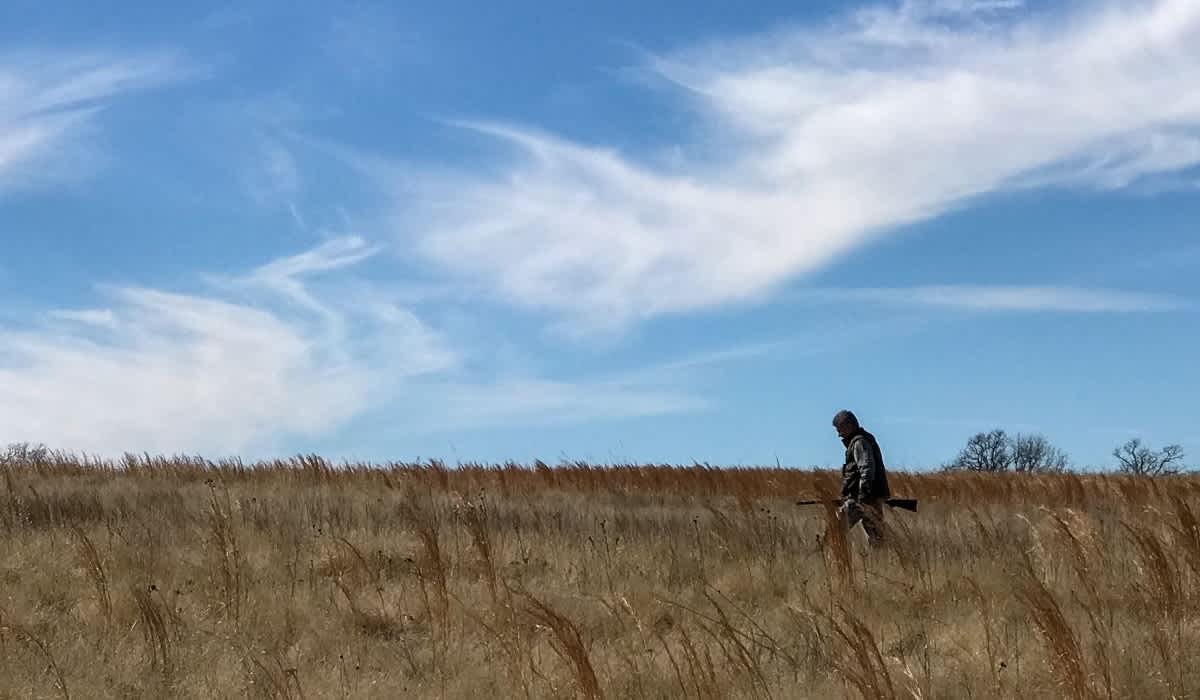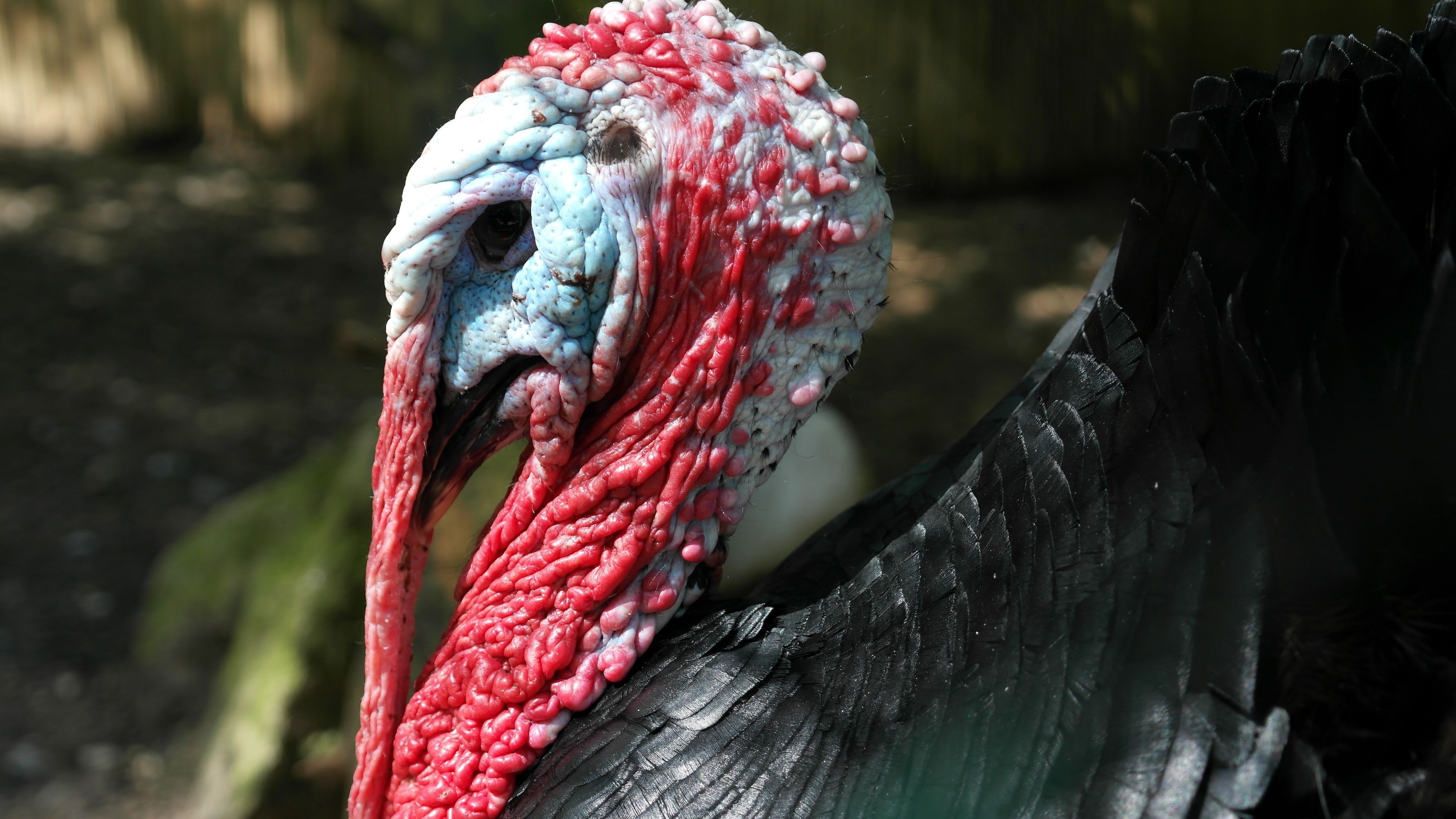Turkey Calling 101
OutdoorHub Reporters 05.02.18

There are few things more exciting than calling in a turkey during the season. Watching a big Tom come strutting up as you get ready to take the shot or let the arrow fly. That is certainly the climax point in turkey hunting, but it’s the culmination of so many other moments of practice and preparation that make it possible.
One of the key parts of the sport that makes moments like that possible in turkey hunting is the turkey call. A turkey is not one of the species that – while hunting – one can sneak up on in order to get within range. That may happen every once in a while, but by and large the best way to get within striking distance of a big male turkey is by being well camouflaged, and calling it in.
The turkey call is one of the most important parts of the sport, and it’s also one of the most difficult. It takes skill and a good bit of practice to be able to master.
101 of the Turkey Call
Know Your Calls
There are several different sounds that a turkey will make, and it’s important to know the difference between them. The most famous is the gobble, which is done by male turkeys to ward off competitive males and to attract females. There are also several types of yelps, cackles, and purrs, all of which have a certain purpose
To hear these sounds, visit this page by the National Wild Turkey Foundation for samples.
Know the Callers
Just like there are different sounds a turkey will make, there are also several different types of calls produced to help hunters.

A box call is one of the most popular. It’s able to imitate several different turkey sounds and is fairly easy to learn how to use. A push button call is similar, but instead of sliding, it pushes back and forth. Another popular type of turkey call is the slate call, which uses a piece of slate instead of wood to produce the sounds. For visuals check out Cabela’s turkey call intro page.
Practice Makes Perfect
Once the hunter knows the sounds that they want to make, and what type of call they want to use, the next step is practice. Now, don’t do this in the office or you might have an angry coworker in the next office. Instead, go to a park or your own backyard – even in your car while you’re stuck in traffic is a good time to practice making your turkey calls. You want to be confident when you’re out in the woods and there are real turkeys listening!
Get Out in the Field
Finally, it’s time to get out in the field and practice your turkey calling skills. This is where you see if your skills are truly up to par or not. Are you able to imitate the turkey’s sounds well enough to fool a live gobbler? It helps to go out with an experienced caller the first few times so you can see how it’s done. There is a delicate balance between calling too much, and not calling enough. It’s all a game, but this particular game of cat and mouse is one of the most fun you can play in all of outdoor recreational sports.


